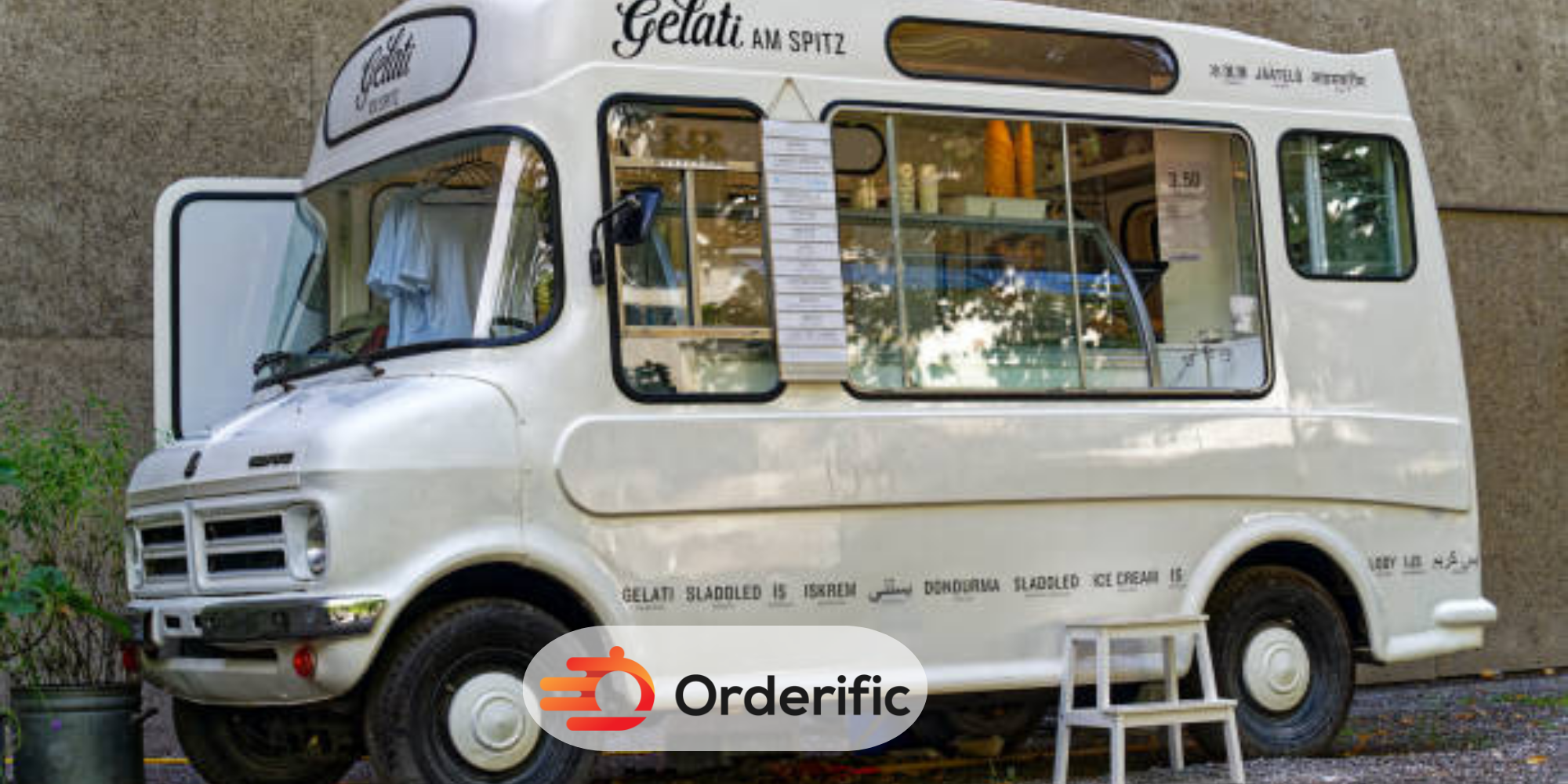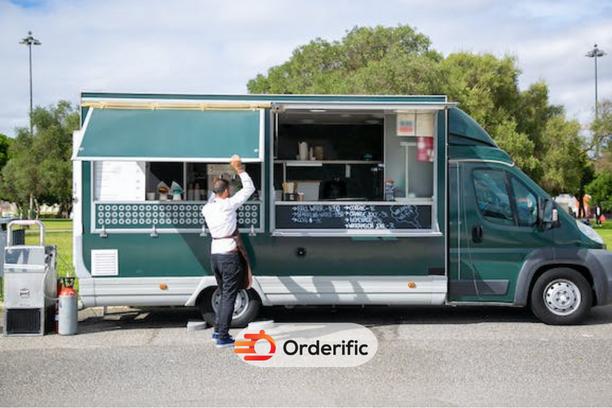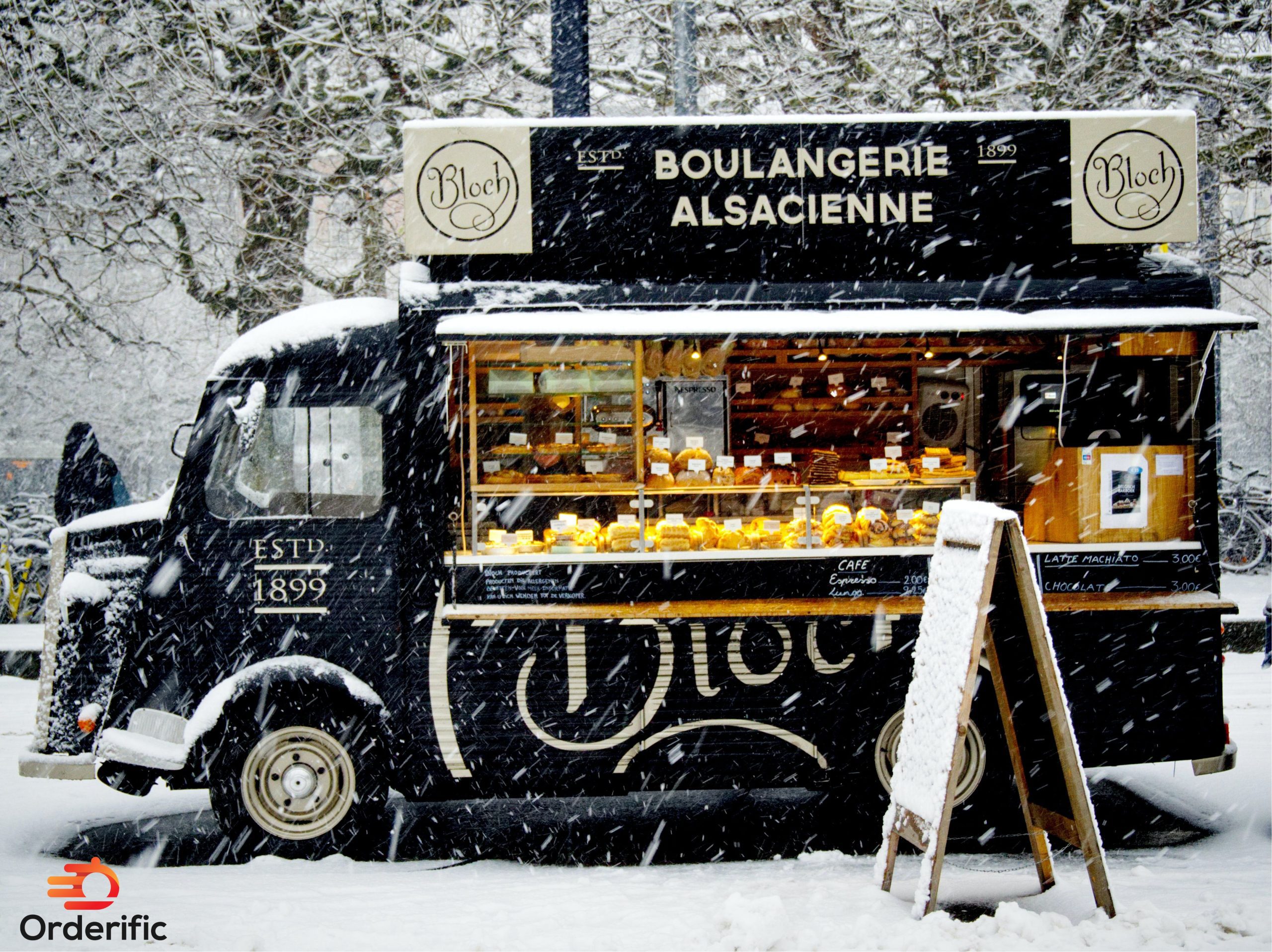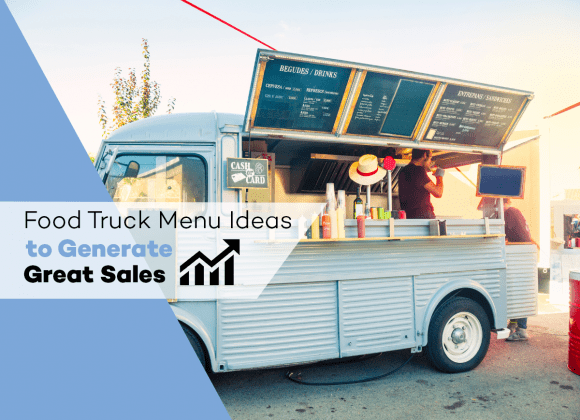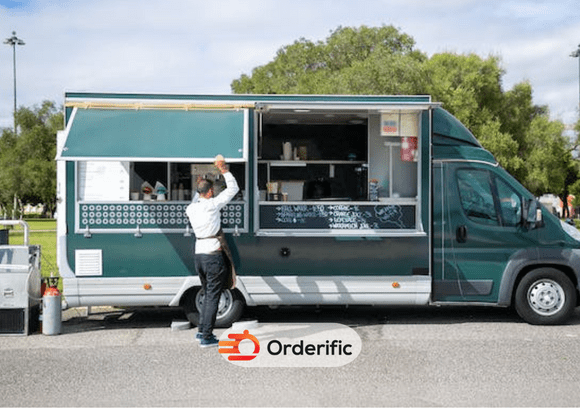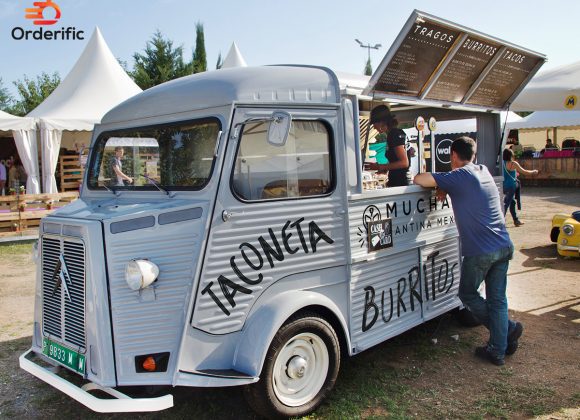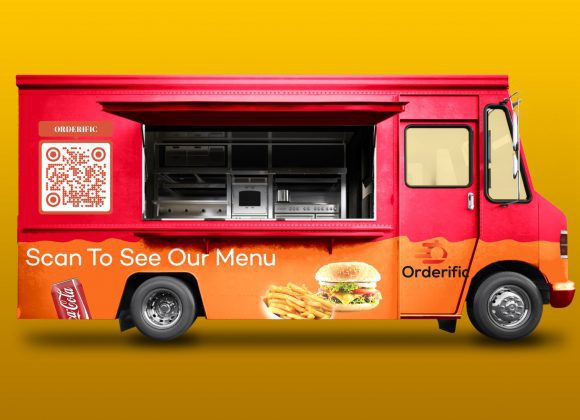
There are so many reasons to start a food truck business. It’s low cost, can be relocated, and is easier to manage. Thus, if you are thinking of “how to start a food truck business?” then you are at the right place!
A food truck is a perfect business idea for small startups. If you think you have the expertise and skills to serve food, then food truck industry is ideal industry for you.
How to start a food truck business?
To begin a food truck business, you first need to purchase a food truck, after which you can buy the equipment and necessary supplies. Ensure you have the permits and funding required to avoid running out of business. To learn more about the food truck business, here is a perfect guide to help you out.
Step-by-Step Guide on how to start a food truck business
For a startup, this business idea is a perfect option. It costs less and provides more revenue in a shorter period.
Here are all the things business owners have to do to successfully open a food truck business.
1.Do concept testing of your food truck business

The first step is to figure out your food truck’s whole concept and theme. Whether you want to opt for a BBQ food truck or a hotdog stand, make sure you have the perfect idea in mind.
You can also carry out surveys to determine customer demand. A successful concept testing of a food truck business is the ultimate success eventually. Just make sure you provide exceptional food service to attract more customers.
2.Write Your Business Plan in detail

Your food truck business plan will serve as the compass that guides you in running a food truck. When you begin your company, it is helpful to have a written record of your most important goals and objectives and the methods you intend to use to achieve those goals.
Sit down with a team of business strategists and pitch your food truck business idea, including menus, pricing, financial projections and everything else. Take their advice and start planning accordingly.
3.Arrange the Funding and Allocate Budgets

While starting a food truck is less expensive and risky than brick and mortar restaurants, you may want to do it as a side gig first to lower your financial exposure. Figure out a fixed startup costs to determine your needed funding.
Your state requires that you register your company as a legal business entity before you can begin selling meals from a food truck.
Sole proprietorship, partnership, corporation, and limited liability company (LLC) are the most popular business formations (LLC). An LLC is the best option for the majority of food truck businesses. Furthermore, you should open a business bank account.
As an added benefit, a business license is proof of your legal status to other parties such as customers, suppliers, insurance, and zoning authorities.
4.Figure out the Best Routes, Parking Spaces, and Selling Points

Even if you serve the best meals, there is still a possibility that you drive the customers away if there is an inconvenience while parking. To ensure people get to your food truck, put up the best and easy routes and open up near the selling points.
Remember! A food truck owner has to open up a food truck at a place where it can be accessed easily. This can be near the parks, around small shopping centers or cinemas.
5.Get all the licenses and permits

You will be unable to run your food truck without first obtaining food truck permits and complying with the restrictions that are in place at the municipal, state, and federal levels.
To avoid potential legal holdups, you should have business licenses according to regulations in your region. These cover several different areas, including the safety of food and restaurants, zoning and parking, business permits, and licensing. In short, having licenses and permits for your food truck is necessary.
6.Buy and Customize Your food truck

You need to make sure your food truck stands out from the rest. For this, you need to customize your food truck that matches your persona.
Moreover, you can also hire an artist to paint your vehicle. This will give a more professional and artsy look overall.
7.Buy, Install, and Test all the equipment

Don’t just spend money purchasing random equipment and supply. Before making the purchase, test all the equipment to ensure you have purchased the right ones.
It’s time to determine your equipment requirements and establish wholesale vendor accounts. In addition to the cooking and refrigeration equipment already in your truck, you’ll also want a few more tools.
All food trucks have generators, condiment tables, registers, and point-of-sale (POS) systems to support payment with credit card. To avoid paying sales tax, you must register accounts with food suppliers.
A useful tool for food trucks is QR Order and Pay menus , people dont have to wait in lines but can scan the QR code form their mobile phones place the order and pay and just collect their food.
8.Build Your Brand Logo, designs, and colors

A company logo is the last component of your food truck plan. You’ll have to come up with something that suggests high-quality cuisine and is interesting enough to compete with the other food trucks on the market.
Your logo will appear on your marketing materials, including menus, business cards, social media, etc. Designing your vehicle and clothes will be easier with this as a starting point.
It may make all the difference in the world whether people stop to look at your vehicle or walk right by if you have a visually appealing brand.
9.Build Social Media Accounts and Website

Many successful food truck operators rely on social media to promote their company. If you want to remain in contact with your fans and keep them up to date on your whereabouts, you should use social media.
You can post on Twitter, tiktok and pinterest just make sure to engage with your audience and be consistent with your content. Creating an Instagram account is very useful too so you can display your delicious food items.
10.Hire the required staff

Even though food truck operators handle the majority of the labor themselves, you may have to recruit hourly workers at some point.
There are usually two to four people working on a typical delivery truck. The people you recruit should be able to fill in the skills gaps or areas where you cannot devote enough time.
However, if you have a friendly demeanor and excel at upsells, you could be better suited to work with customers directly and recruit chefs. If you get many catering enquiries, it may be beneficial to engage an event salesperson to send quotes and negotiate catering contracts for you.
11.Arrange the storage space for food supplies

Storage space is a necessity. To ensure the waste and leftovers aren’t making a mess in your kitchen, ensure you have proper dumping spaces and storage.
You can easily store the supplies in appropriate storage areas without making a mess.
12.Small Opening with Friends and Family

In the food truck market, the cliché “first impressions are important” is particularly true. Make your food truck grand opening memorable – because it is. Gather your friends and family to make the event twice as much fun.
A successful grand launch of your food truck might result in you attracting and maintaining a large number of new clients straight away.
13.Launch a Marketing and Advertising Campaign

Having a proper marketing strategy is the key to a successful business. Reaching out to food bloggers is a successful approach to getting the word out.
Find food bloggers in your region with a large following and reach out to them. Send them a message and invite them to come to see your vehicle in person.
It may be worth it to pay for the blogger’s supper since the free publicity you’ll get from their review will outweigh the cost of the meal itself. You may also boost your company by offering coupons or discounts for your grand opening or “Taco Tuesdays,” depending on your genre.
14.Grand Opening to attract the customers

After you finish a small opening, it’s time for a bigger one. A grand opening is a perfect way to attract clients and attract more people.
Offer coupons and discount offer to the customers to ensure they get hooked to your food truck. You can also provide free food and taste test items from the menu to determine what the customer likes best.
15.Get Customer Feedback

Make sure that your online review sites, such as Yelp and Google Reviews, offer that website an option for customers to rate your business.
Photos, hours of operation, usual locations, and a pricing range must be included on your company’s social media pages. When you provide services to clients, it is helpful to ask those clients to provide feedback in the form of reviews on various review sites.
With proper review pages, you can quickly get client feedback and strategize future business accordingly.
Bottom Line
A food truck business is an excellent idea for a startup if you want to invest little and generate more revenue. However, it can be a little tricky initially but there is nothing to worry about as this guide is perfect for a successful food truck business. So, just follow the above mentioned steps and have successful food truck business.
For more tips and advice on the food industry please make sure to subscribe to our Newsletter.
Visit Orderific website for more information like this!
FAQs
How profitable is a food truck?
The profitability of a food truck can vary widely, depending on factors like location, menu, and business management.
How to start a food truck business in NY?
Starting a food truck business in New York typically involves steps like creating a business plan, obtaining necessary licenses, and securing a suitable location.
What permits do you need for a food truck in Utah?
In Utah, permits for a food truck usually include a mobile food service permit, a business license, and health department permits, among others.
Is a food truck a good investment?
Whether a food truck is a good investment depends on various factors, including market demand, location, concept, and effective business management.


